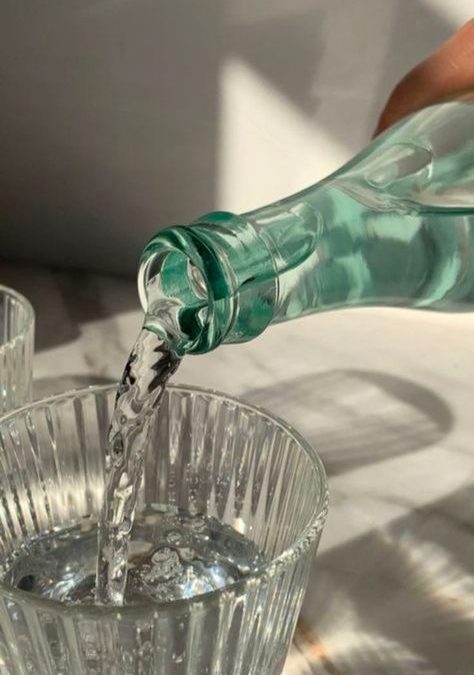Spring is here and it is a time for new beginnings. This season brings with it a feeling of renewal and a sense of hope. There may also be an urge to purge and remove things that no longer serve us. This applies to the body as well in the form of detoxification.
What is a toxin?
A toxin is any substance that creates an irritating or harmful effect in the body. When most consider a detox, the mind may go to detoxing from alcohol or unhealthy foods, but toxins are everywhere and our bodies are processing and eliminating them all day, every day. It can be overwhelming to think about all the harmful substances around us. I share this information not to overwhelm, but to empower you to make careful choices and understand how to better support your body to detox naturally.
Systems involved in Detox
Our body is always working hard for us, and many systems are involved in detoxing, including some we may take for granted.
- Digestive System –Scans food for invaders, filters food for intestinal bacteria, detoxifies poorly digested fermented toxins and eliminates waste. Evacuating bowels at least once a day prevents toxins from recycling in our bodies. If a person isn’t digesting, even a perfect diet can clog detox pathways. To insure proper elimination the appropriate balance of fiber, movement, and hydration is required.
- The Liver, which is part of the digestive system, is the main workhorse to eliminate & process toxins found in the blood. The liver also creates bile which aids in the breakdown of fats and removes toxins via intestinal tract. In addition, it helps to metabolize fat. Fat stores difficult to remove toxic metals, petroleum, and other chemicals. The liver supports detoxification in many ways.
- Lymphatic System – The Lymphatic system moves white blood cells in lymph — a clear, watery fluid that contains proteins, salts, and other substances — throughout the body. This system determines harmful agents (toxins) then directs them to the liver to be processed and eliminated.
- Respiratory System – Every exhale is eliminating waste of CO2 from the body. Staying hydrated helps keeps lungs moist for healthier breathing. If possible, use an air filtration system to remove pollutants.
- Kidneys/Bladder – Kidneys remove wastes, including drugs, and extra fluid from your body. They remove acid that is produced by the cells of your body and balance the body’s fluids.
- Cardiovascular system – Blood removes waste from each cell. Eating a balance of appropriate fats keeps the cell membrane healthy to help cell waste transfer. Being properly hydrated keeps blood flowing well to assist is waste transfer.
Ways to Support Detox
Hydration
Hydrating with electrolytes is the number one way we can support detox pathways. The minerals found in salt help “electrify”/give charge to water. This allows water molecules better engage with cells making the waste elimination process more efficient. Not only does hydrating with electrolytes help in cellular waste transfer, but there are other ways water supports detoxification.
- Keeps blood flowing, helping with cellular waste transfer, and to deliver toxic material to the lymph and the liver
- Keeps lymphatic system flowing which supports detox and immune function
- Keeps kidneys flushed & bowels moving
- Keeps our lung tissue moist to breathe more healthfully for carbon dioxide release
Sweating
The average person has 23 ft.² of skin surface area making sweat an excellent elimination pathway for the body to remove toxins. Specifically, heavy metals are excreted when sweating.
- Workouts
- Sauna – 4x a week is recommended for maximum benefits. More on additional benefits of sauna here.
- Hot baths – effective if you do not have access to a sauna.
Support lymphatic system
Supporting movement of this system for optimal detoxification.
- Hydration
- Movement like yoga and walking
- Dry brushing, jade rolling, gua sha
- Lymphatic drainage machine or massage – Dave Asprey recently posted that compression therapy and lymphatic massage are smart detox methods.
- Sauna – sweat helps to drain lymphatic system.
Nourish yourself
- Eating a nutrient-dense, whole foods diet to fuel the body best.
- Avoiding chemically laden, processed foods
- Fresh fruits & vegetables provide nutrients, phytochemicals, and antioxidants to combat oxidation and free radicals.
- High quality protein provides superior nutrient content.
Reduce strain on your liver:
- Cut back on alcohol & sugar intake. The liver does not know the difference between the two and they are equally as harmful.
- Add herbal & food supports: Milk Thistle (tincture or supplement) & Dandelion Root or Schisandra berry (tea) are easy to incorporate into daily routine. Artichokes and beets help the body produce bile to facilitate detoxification.
- Evaluate and eliminate harmful skin care products: lotions, topicals, house cleaning products, candles, fragrance, and sprays. Check www.ewg.org for toxicity information.
- Reduce painkiller use – Advil, Tylenol, & NSAIDs are extremely hard on the liver because they must go through three phases of detoxification. Compounding toxicity through process.
How to find toxins in products, drinking water and food
The Environmental Working Group, EWG, is an excellent resource for safer products. You can search cleaning products or skin care product in their database and it will rate its toxicity level and you can discover cleaner options. They also share the water quality and safety rating for each zip code noting the chemicals and heavy metals that may be in your drinking water. Annually, they publish the “Dirty Dozen” which indicate the 12 most contaminated fruits and vegetables to buy organically grown as well as the “Clean 15” list which notes fruits and vegetables that are ok to buy conventional.
The Food Babe is another resource who exposes companies for using harmful chemicals in food and offers healthier swap suggestions.


